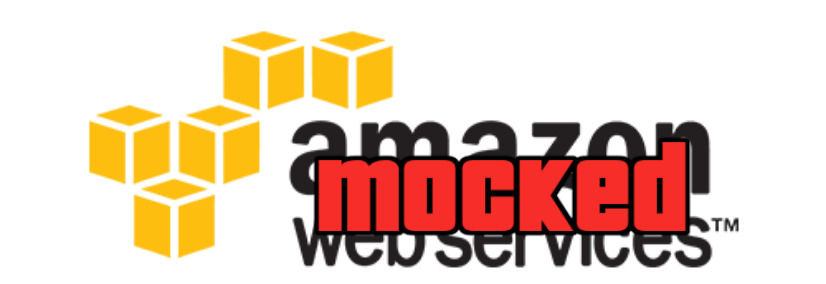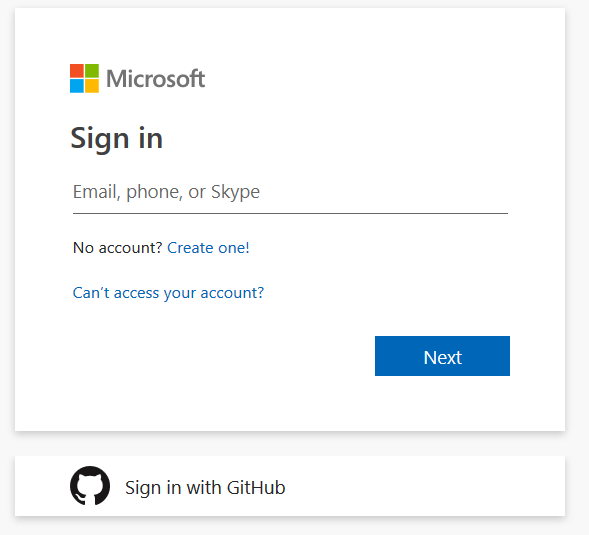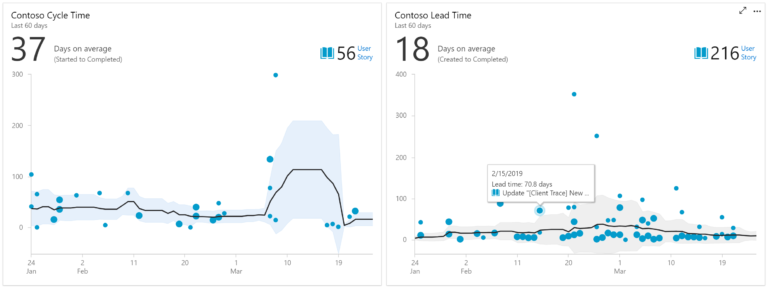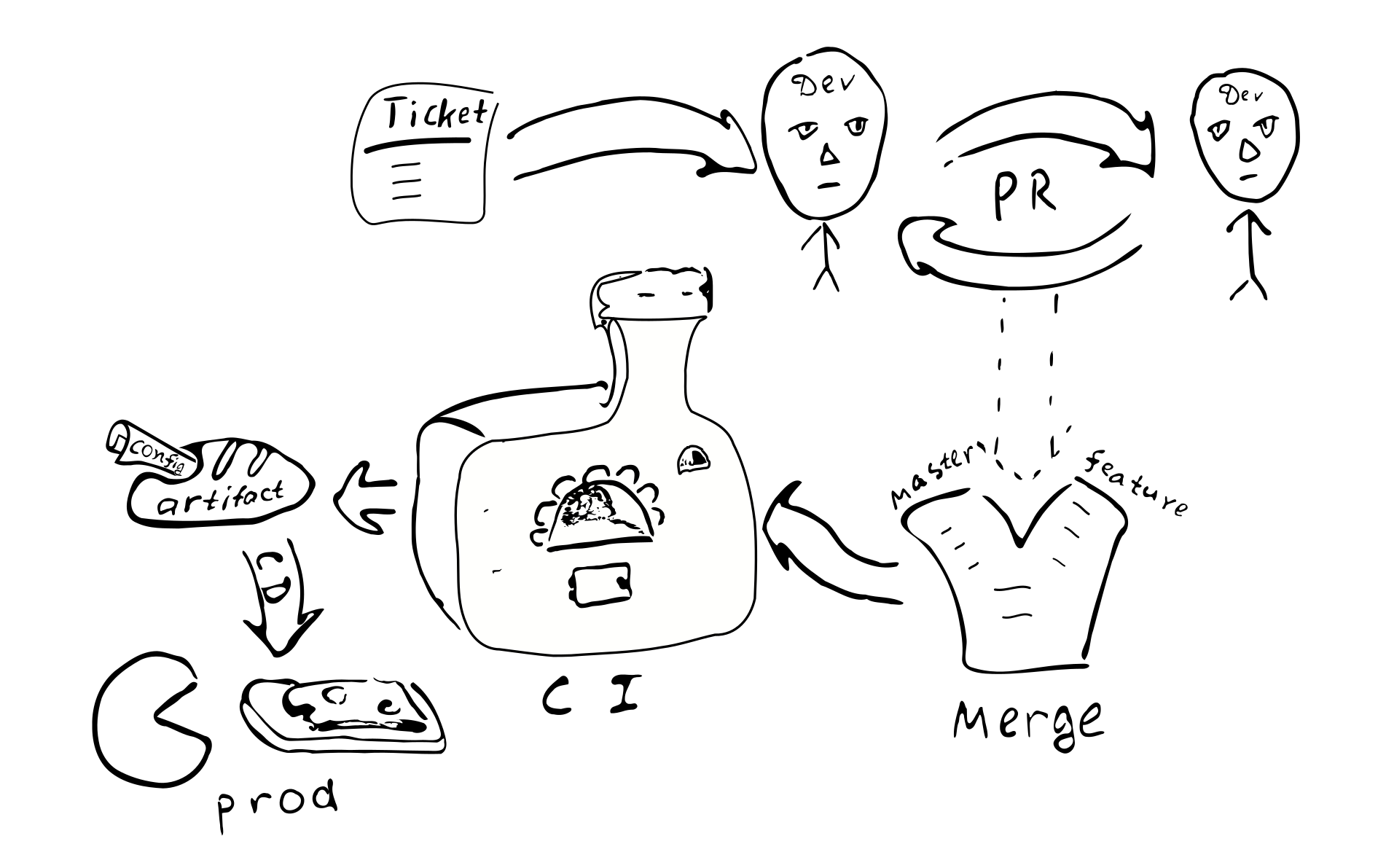Discovering git vendor extension.
Cross-post from my medium blog: https://medium.com/opsops/git-vendor-295db4bcec3a
I would like to introduce the proper way to handle vendoring of git repositories.
What is is ‘vendoring’?
Vendoring is a way to integrate other’s work into your own. It’s the opposite of ‘linking’ against third-party library. Instead of having that library as a dependency, application uses this library as a part of own source code and keep that code ‘inside’ itself.
Normally, vendoring is done by language tooling: bundler, cargo, pip, etc. But sometimes you need to vendor something not covered by any existing toolset, or something multi-language, that it’s impossible to find the ‘core’ language tool for that.
The solution for this situation is vendoring on a git level. You have your own git repository (I call it ‘destination repo’), and you want to incorporate some other repository (I call it ‘source repo’) as a directory into your (destination repo).
The things you expect from a well-designed vendoring system (regardless of Git it is or not):
- Visibility. You want to know that some code is vendored, means it wasn’t written by committer.




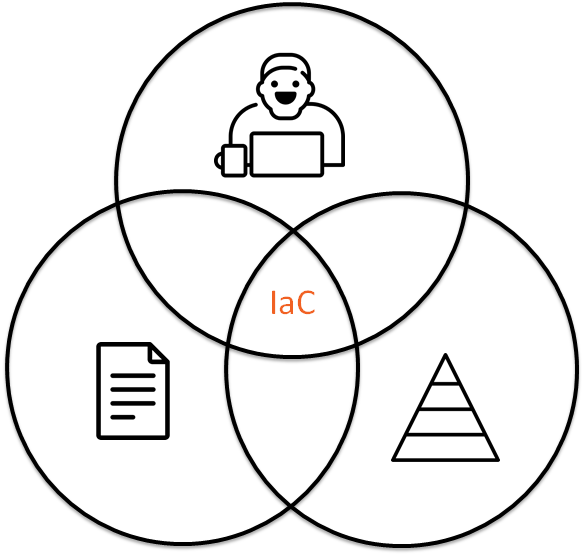


 PVS-Studio supports analyzing projects developed in C, C++, C#, and Java. You can use the analyzer under Windows, Linux, and macOS. This small article will tell you the basics of analyzing C and C++ code in Linux environment.
PVS-Studio supports analyzing projects developed in C, C++, C#, and Java. You can use the analyzer under Windows, Linux, and macOS. This small article will tell you the basics of analyzing C and C++ code in Linux environment.

